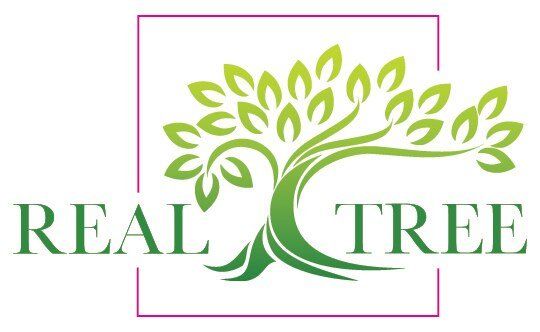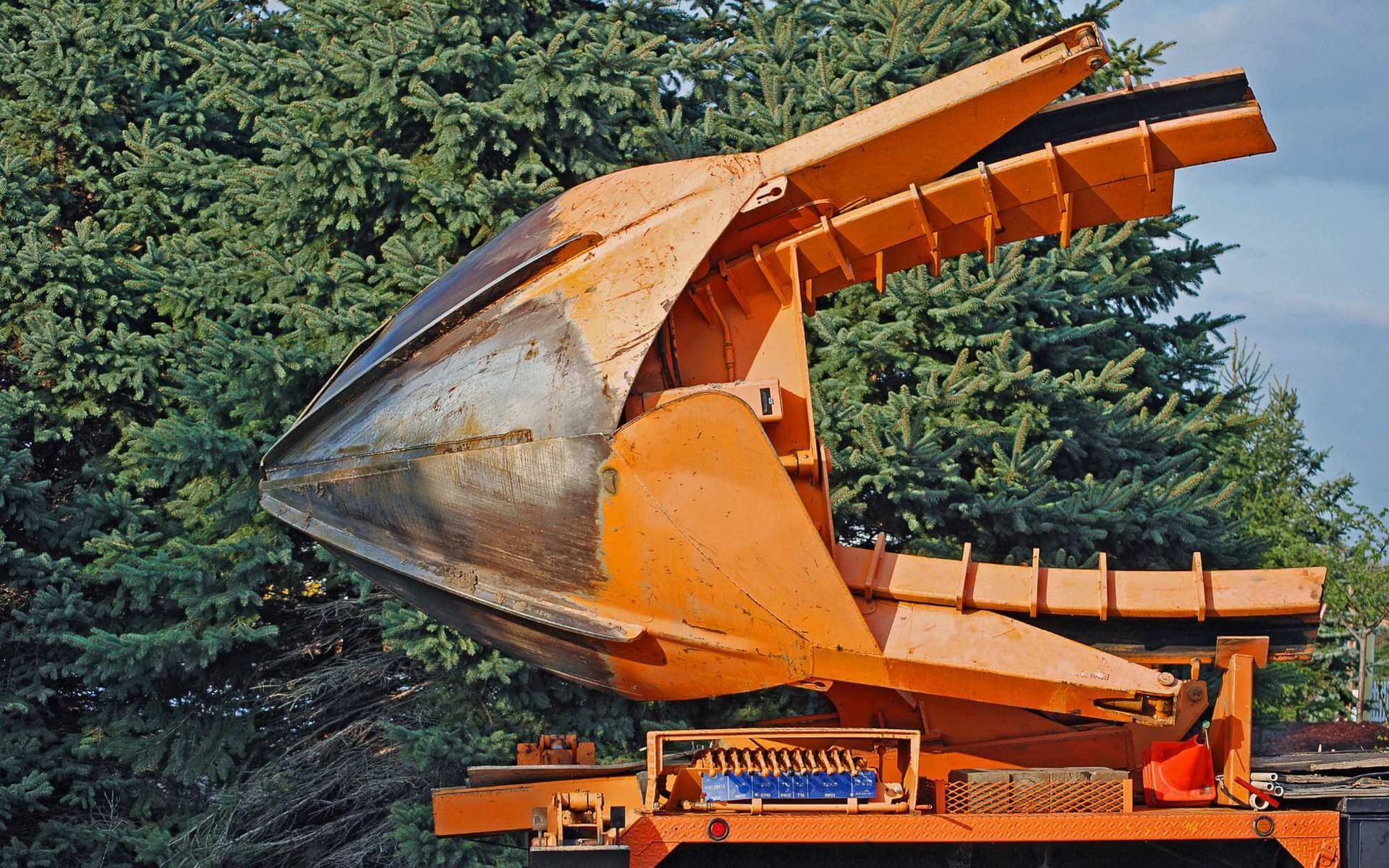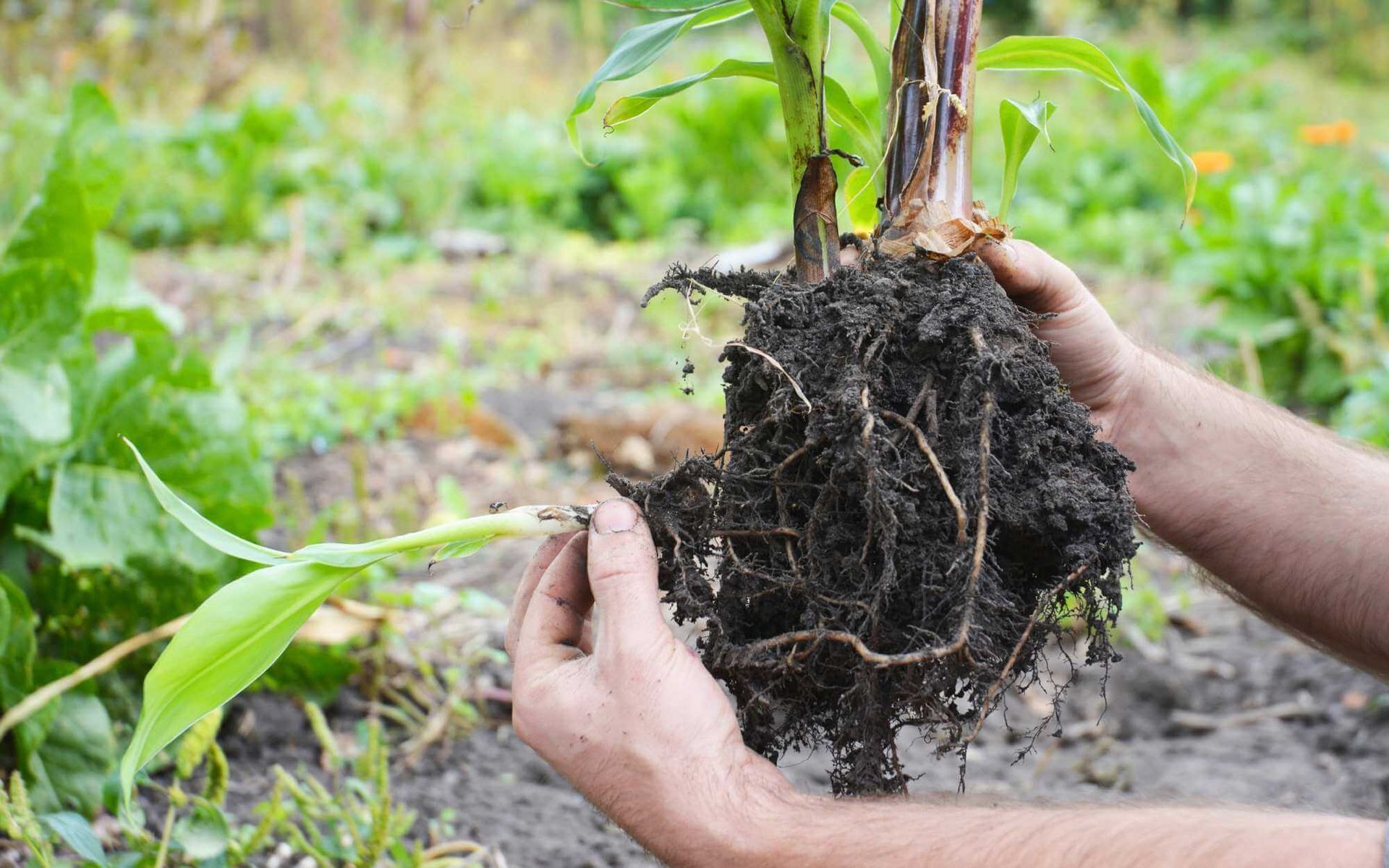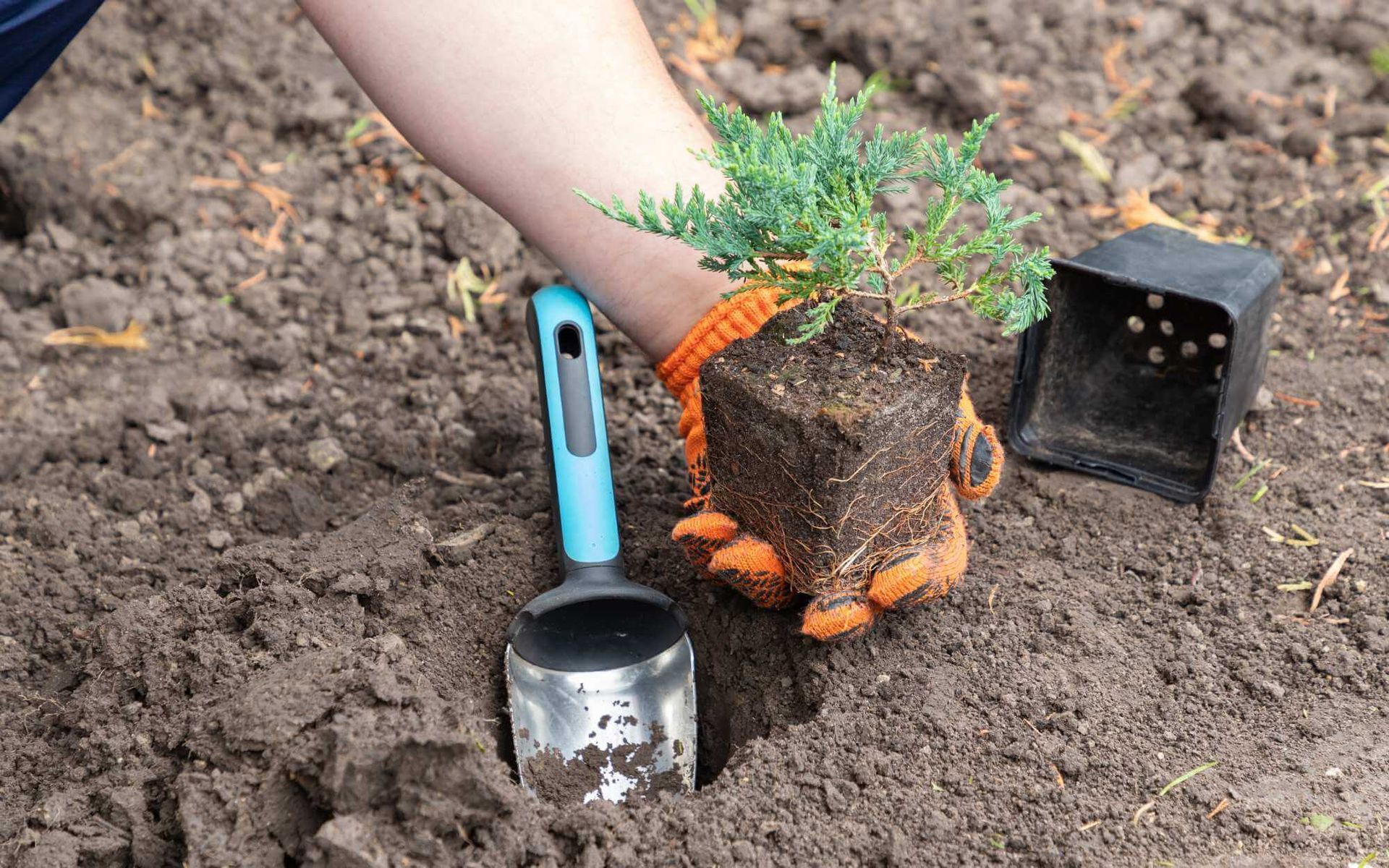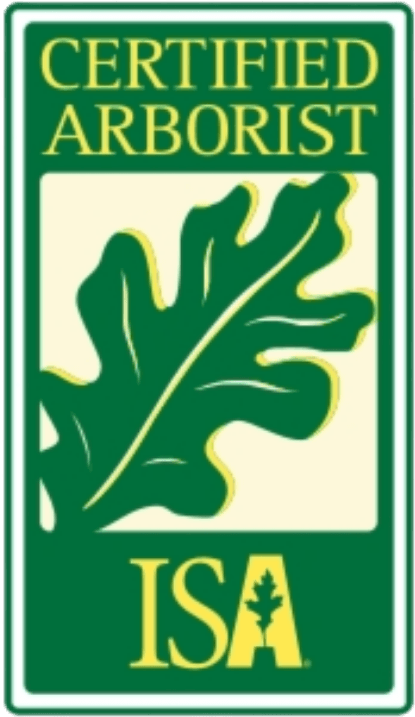Tree Removal Essentials: Identifying When You Need a Permit
PUBLISHED ON
SHARE THIS ARTICLE
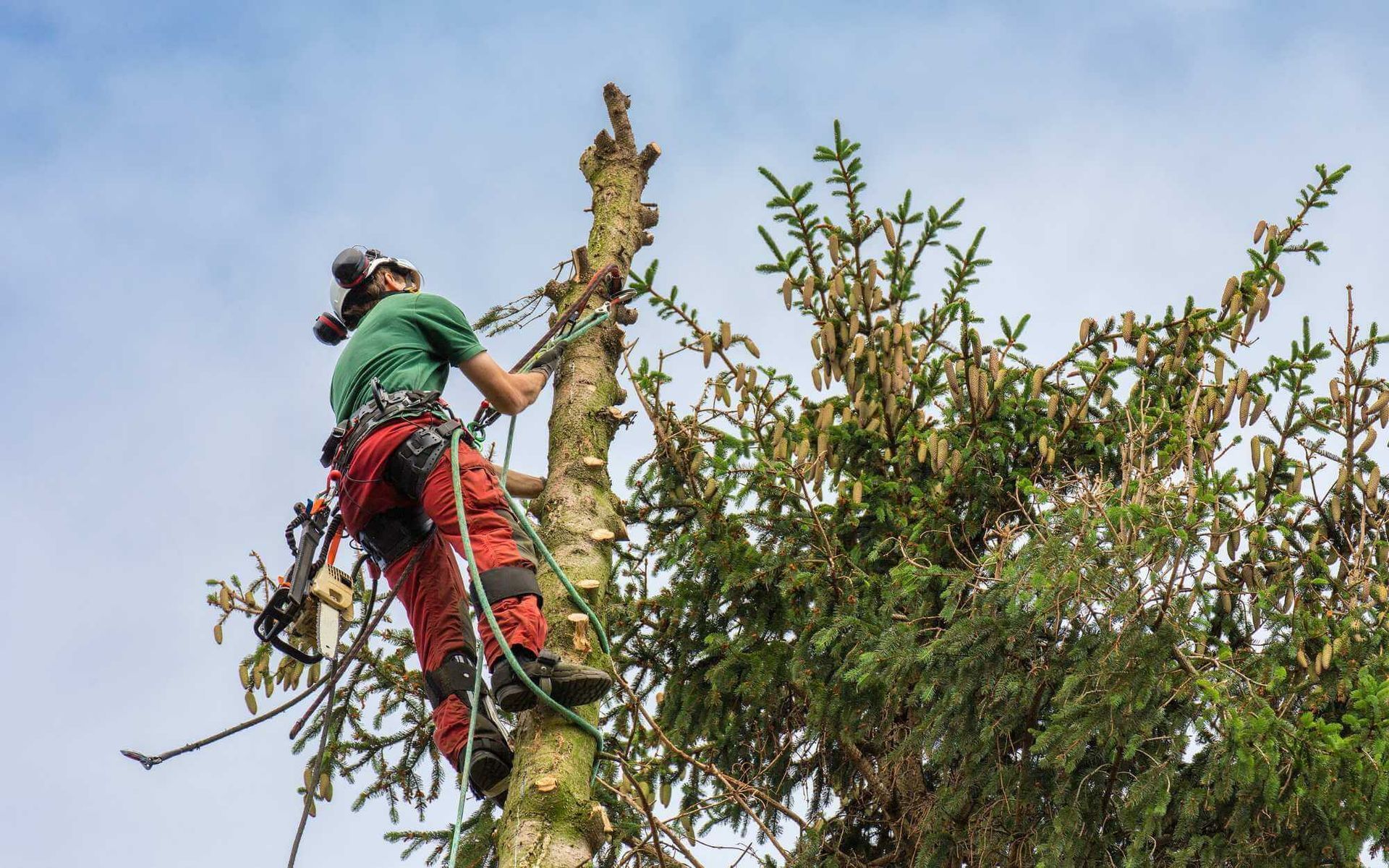
Trees are invaluable assets to our landscapes, offering beauty, shade, and a habitat for wildlife. However, there are times when removing a tree becomes necessary, whether due to safety concerns, disease, or landscaping changes.
Before you gear up for the task, it's crucial to understand when a permit is required. Many local governments have regulations in place to protect the tree canopy, and failure to comply with permit requirements can lead to hefty fines and legal issues.
In this blog, we'll explore why
tree removal can be essential and guide you through the intricacies of obtaining the proper permits to ensure a hassle-free process.
The Importance of Obtaining a Permit
Obtaining a permit for the removal of private and urban forestry isn't just a legal formality; it has its roots in environmental protection efforts. Permits help to maintain the balance of urban forests and ensure that tree removal is fully justified, considering the ecological impact.
Legally, permits are critical to prevent unnecessary deforestation and uphold local beautification codes. They also provide a record of the change in the landscape, which can be essential for future city planning.
Scenarios that typically require a permit include the removal of heritage street trees, trees within public land, or certain environmentally sensitive areas.
On the other hand, smaller trees, non-native species, or those posing immediate danger to structures or human lives may not necessitate a permit.
Each jurisdiction has its own set of rules, so it's paramount to consult local guidelines.
Signs that You Need a Permit
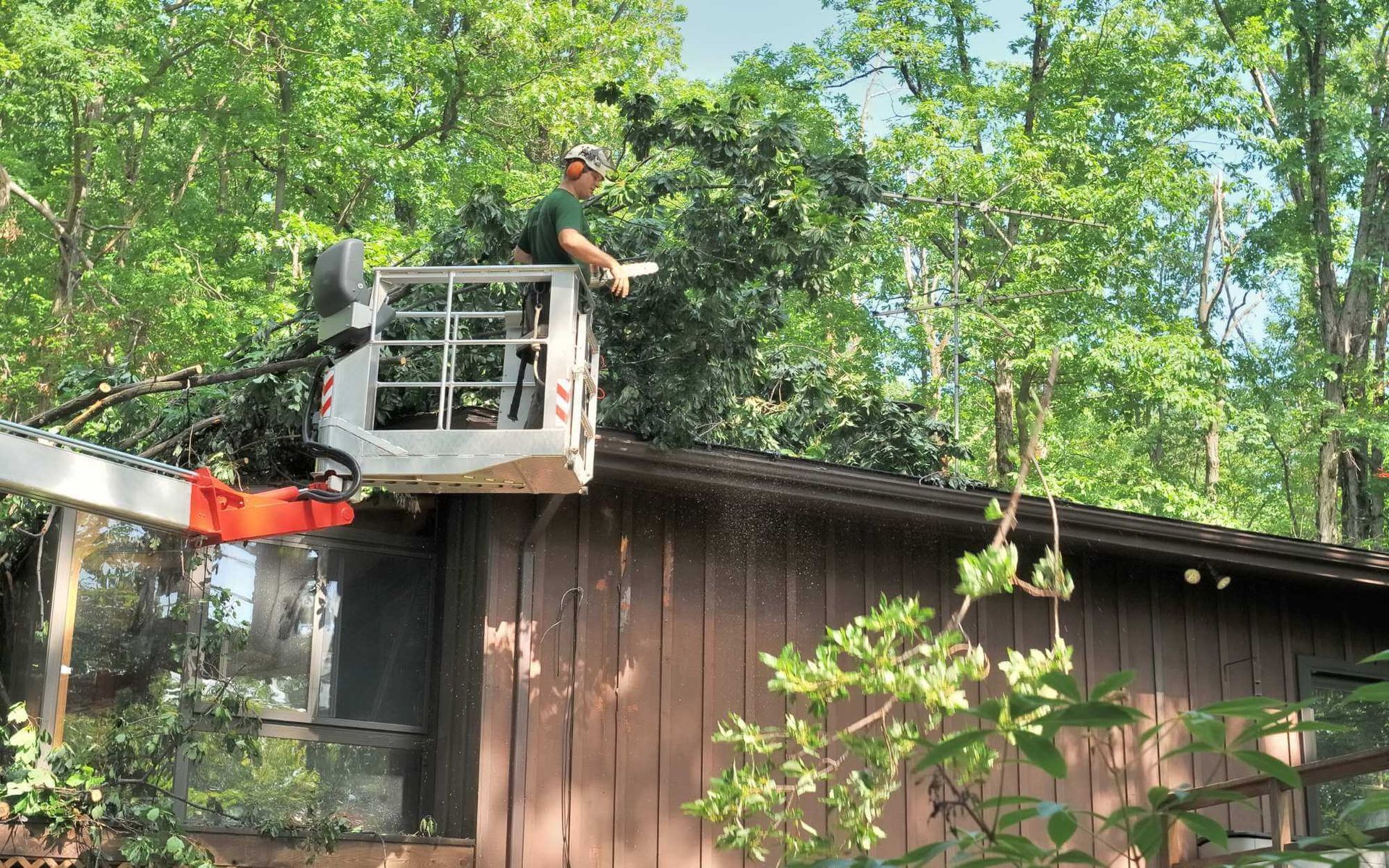
Here are a few key indicators that you need a permit to remove trees on private and public property:
- Size and Species: A permit is often required for the removal of large or heritage trees, as they have significant ecological and historical value.
- Location: Trees located in public spaces, near sidewalks, or in protected ecological zones usually need official permission before removal.
- Protection Status: Any tree that falls under a protected status, either due to its species or its role in the local ecosystem, will typically require a permit.
- Health of the Tree: If a tree is diseased or infested with pests, which may pose a risk to other plants or structures, you might need a permit before removing it to ensure that the action is warranted.
- Proximity to Utilities: Trees entangled with power lines or close to underground utilities need professional assessment, and removal generally requires a permit.
- Landscaping Changes: When tree removal is part of a larger landscaping project that could significantly change the area's appearance or use, a permit may be required to ensure alignment with local zoning laws.
Steps to Obtain a Tree Removal Permit
Acquiring a permit to remove trees involves several steps that vary by locality, but generally, you'll need to:
- Identify the Governing Body: Determine which local government department oversees tree removal permits. This could be your city's Parks and Recreation, Environmental Services, or a similar body.
- Complete the Application: Fill out the necessary forms, which are often available online. Provide detailed information about the tree, including species, size, condition, and the reason for removal.
- Prepare Supporting Documentation: You might need an arborist report to justify the tree cutting, a site plan showing the tree’s location, and any other documentation your municipality requires.
- Submit the Application: Send your completed application and supporting documents to the appropriate department, either digitally or in person, as stipulated by local regulations.
- Pay Fees: There might be a processing fee required when applying.
- Await Assessment: The governing body will review your application, which may include an onsite assessment.
Tips for a smooth process include being as precise as possible in your application, responding promptly to any requests for additional information, and ensuring that your application aligns with local guidelines and regulations. If in doubt, contacting the governing department directly for advice before submitting your application is often helpful.
Obtaining Tree Removal Permits: A Responsible Way to Manage Trees
Understanding whether a permit is needed for tree removal is not only a legal requirement but an environmentally responsible practice. It helps preserve our forestry and ensures that removal is justified and sustainable. It’s crucial to familiarize oneself with local regulations to avoid penalties and contribute to maintaining ecological balance.
For a process that respects both the law and nature, always seek guidance and services from
tree service professionals. Their expertise ensures the responsible management of our treasured trees and the safety of our communities.
Want a free quote or some friendly advice? Call our team today:

